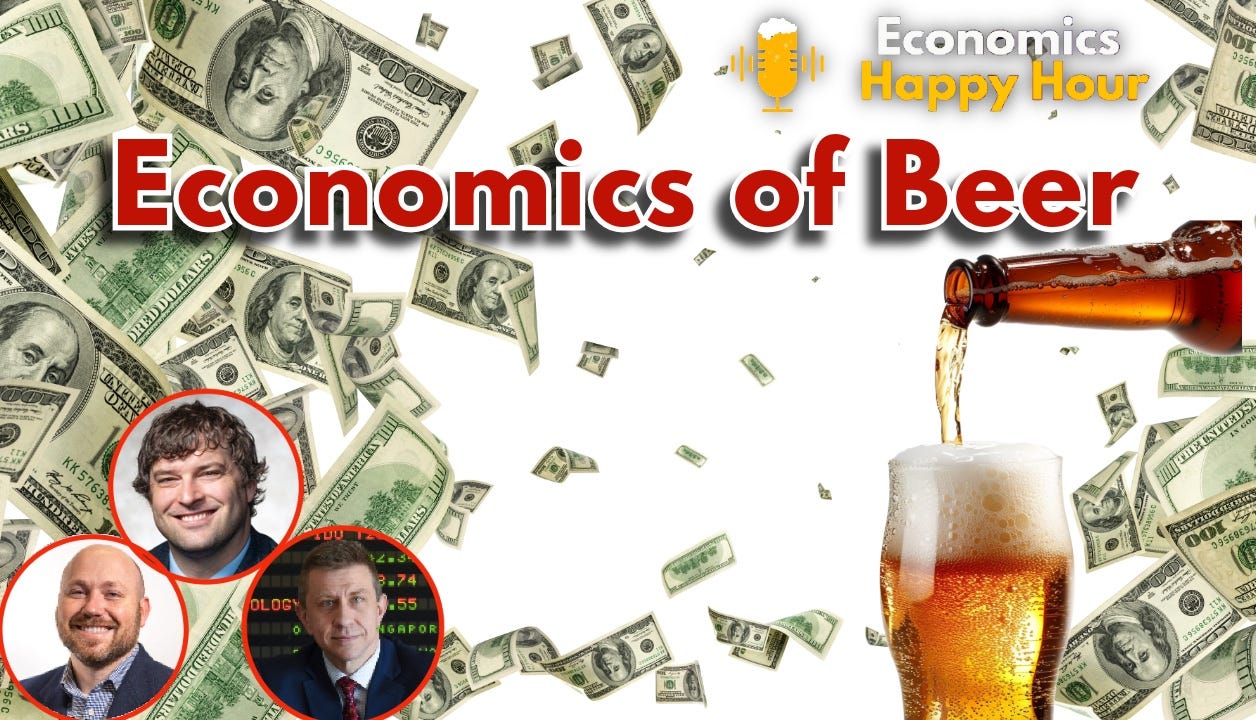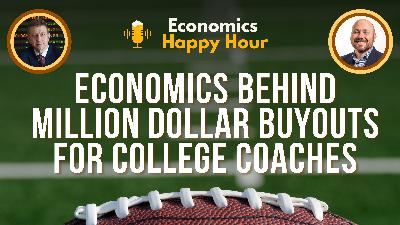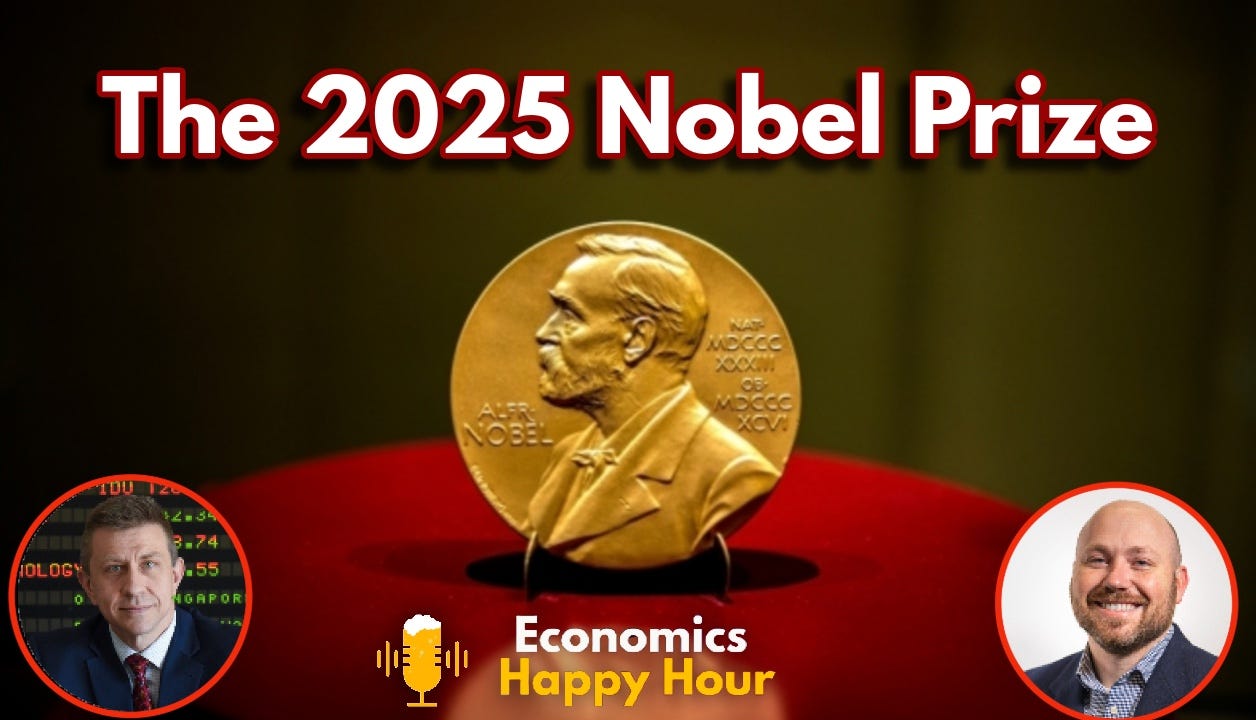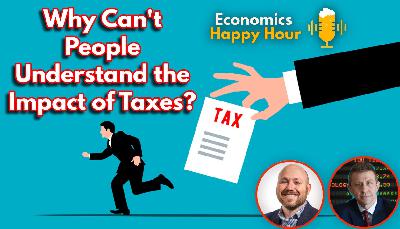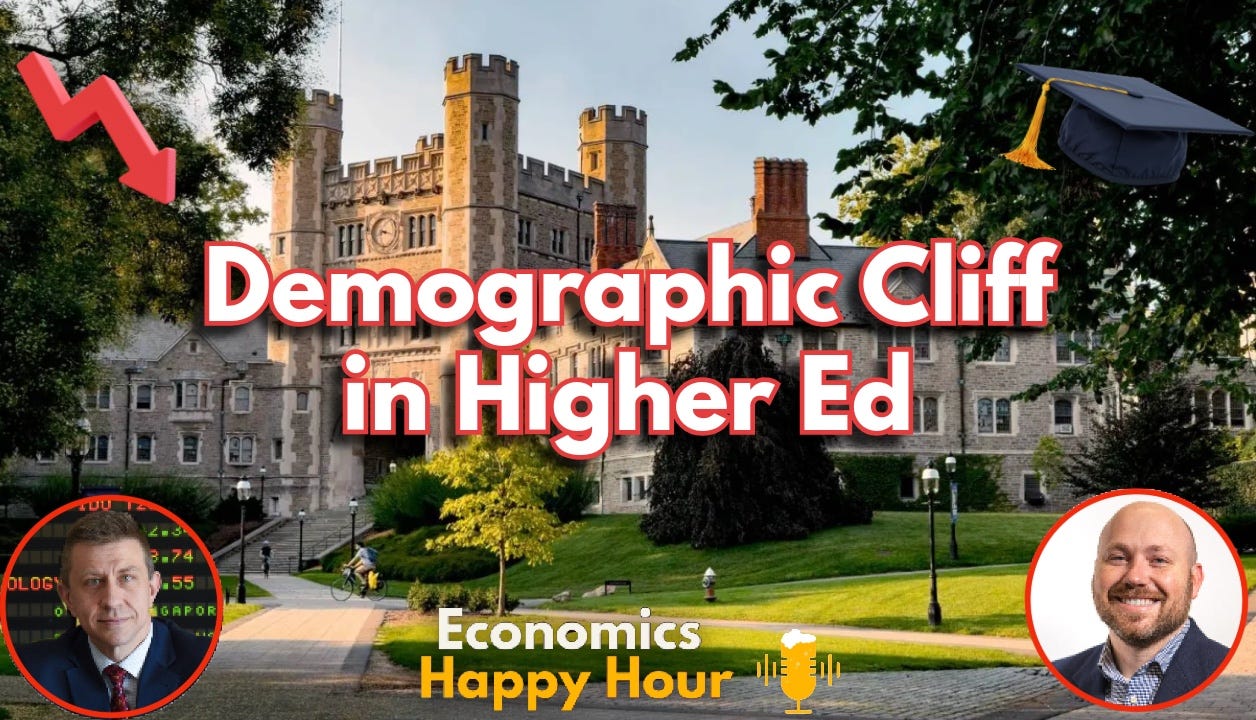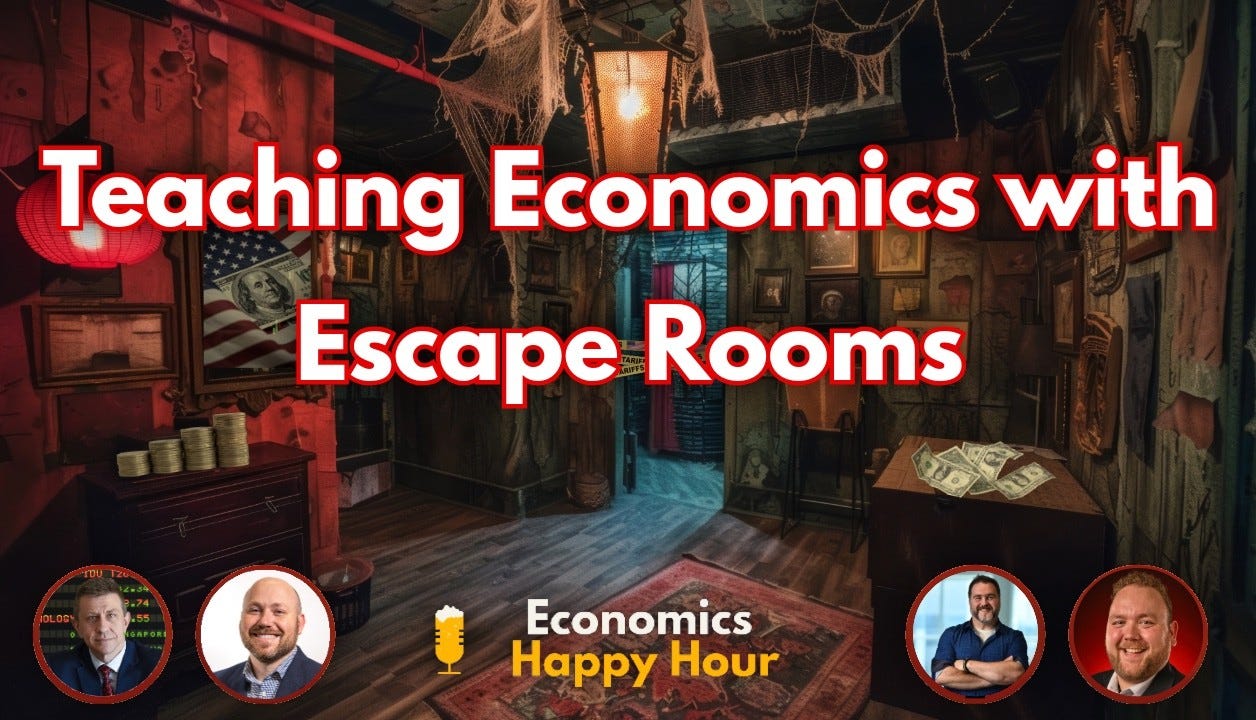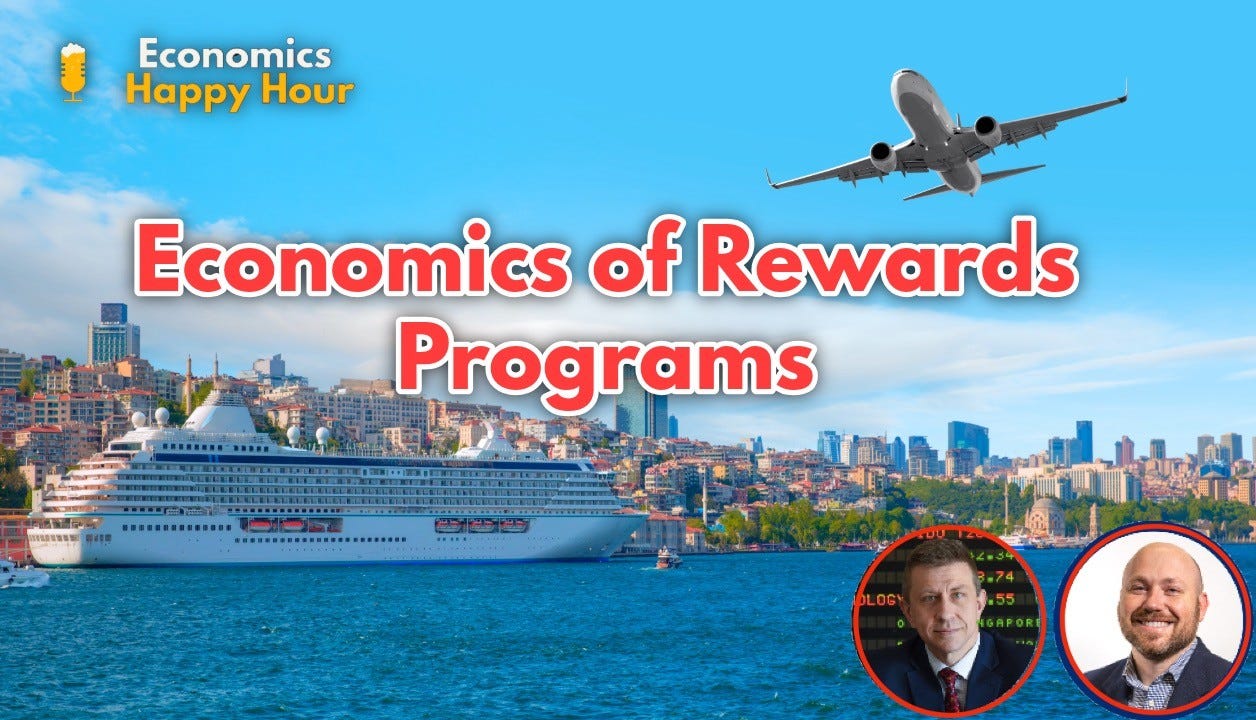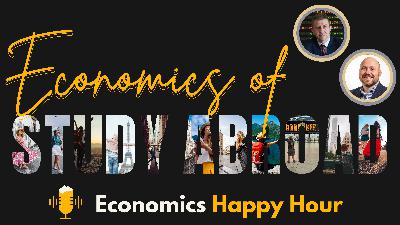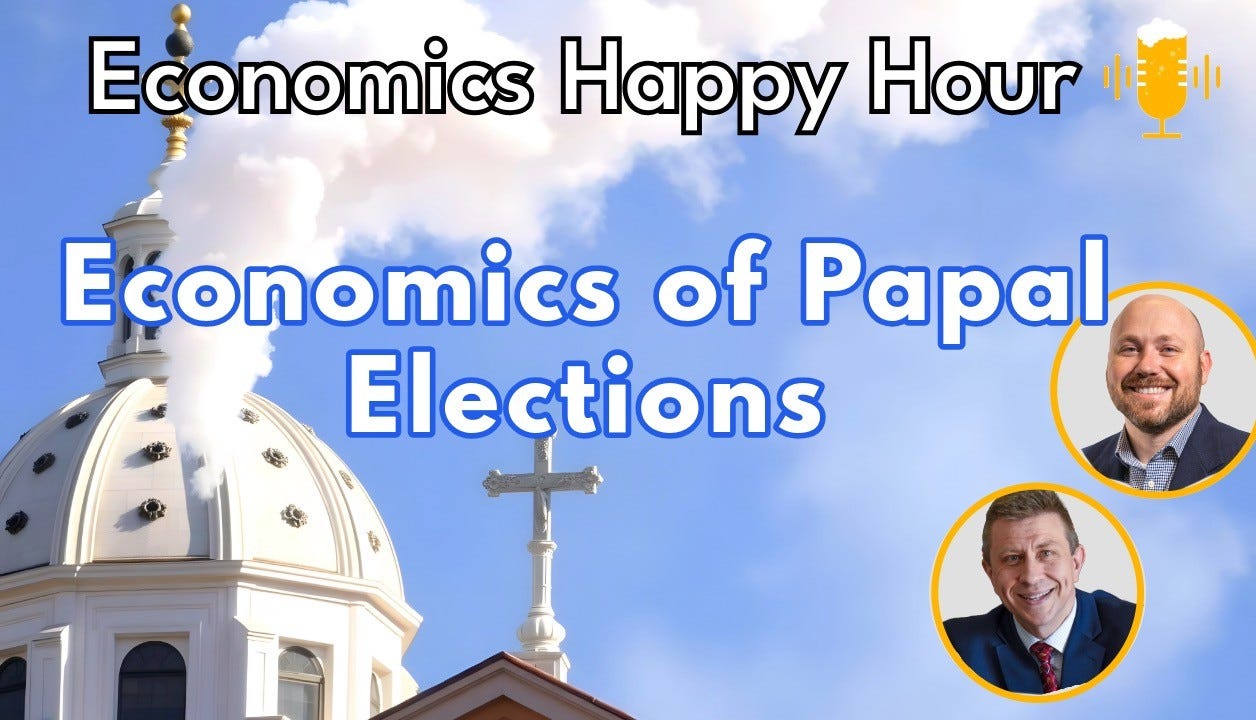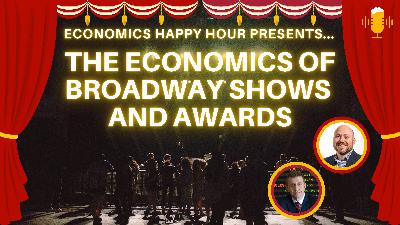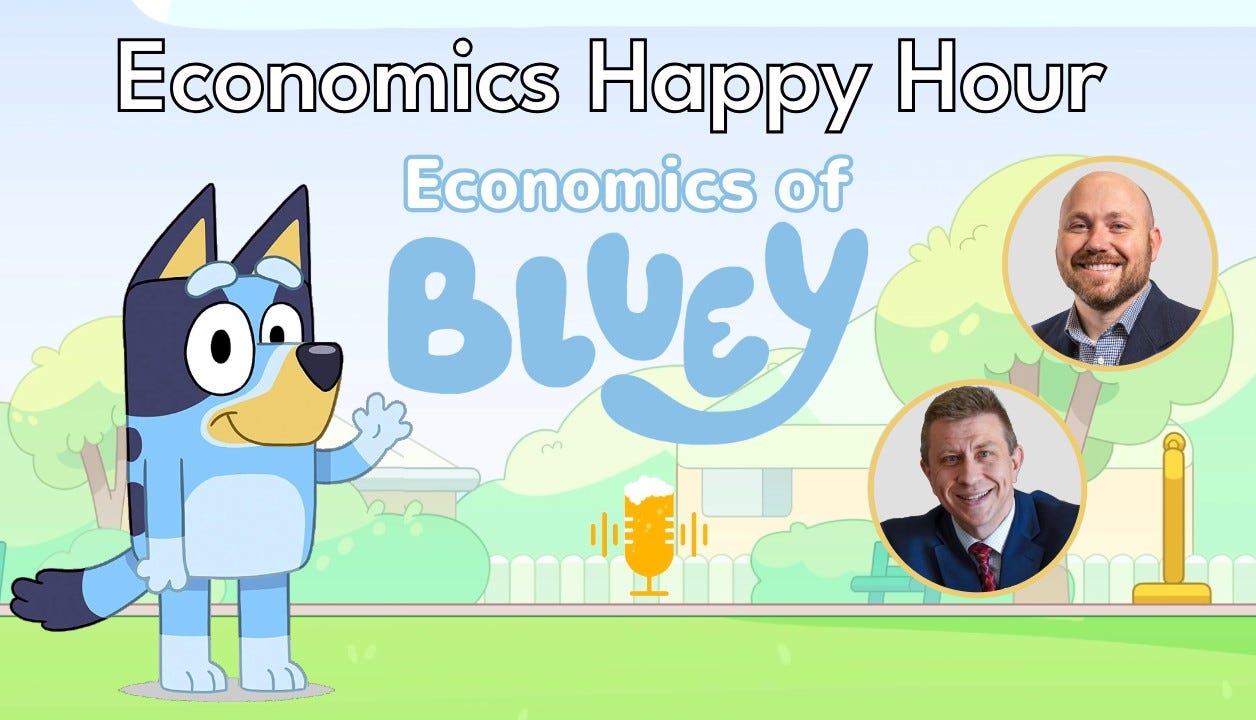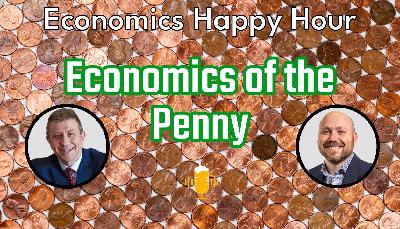The Economics of Beer
Description
Behind every pint of beer is a surprisingly complex story about choices, local identity, supply chains, and a maze of regulations. This week, we sit down with Trey Malone of Purdue University to unpack the economics of beer. We talk about everything from tap lists and terroir to hop farmers, regulations, and what it really means to “buy local.”
In this episode, we discuss:
* How Trey’s research career evolved to include beer economics
* The explosion of product variety in grocery stores and how beer exemplifies that
* Why too many choices on a tap list can lower beer sales
* How local identity and terroir shape demand for craft beer, hops, and cider.
* What 110,000 regulatory restrictions reveal about entrepreneurship in the beer industry.
* And a whole lot more!
Catch up on some old episodes:
You can also subscribe to us on Spotify, TuneIn Radio, Amazon Music, and Apple Podcasts. If one of these is your go-to podcast service, be sure to rate us and subscribe!
Some show notes:
After three years hosting a show titled “Economics Happy Hour”, we figured it was finally time to discuss the economics of beer. We thought it best to bring on an expert, Trey Malone, the Boehlje Endowed Chair for Managerial Economics in Agribusiness at Purdue University. Our drink line-up for this episode was eclectic: Jadrian with a Maine Blueberry sour, Matt with a Dogfishhead 90 Minute IPA, and Trey with a nostalgic Stroh’s.
Trey shared some of the background to his journey into economics and eventually research interest in the economics of the beer industry, which grew out of broader questions about food marketing and product diversity. When he was born, grocery stores carried around 8,000 unique products, but that number is around 50,000 today. Beer, in particular, went from being dominated by a small number of similar-tasting brands to a vibrant, diverse craft beer landscape. That shift made it a great case study for exploring consumer preferences and market evolution.
One of his key research findings when studying beer was that more choices aren’t always better for businesses. In a field experiment featuring a partnership with a local brewery, he was able to find that doubling the number of beers on tap actually reduced the likelihood that customers ordered one, a classic case of choice overload. However, adding a small signal on the beer (like highlighting its rating or awards) restored demand by lowering search costs.
Trey also talked about how supply chains and local identity shape consumer preferences. In Michigan, hop growers leaned into the concept of terroir and crafted narratives around their unique Chinook hops to build demand, even in markets outside the state. His research on cider showed that “local” doesn’t always mean geographic proximity. Instead, it’s tied to community identity. For example, many Detroit consumers prefer cider from Michigan’s Upper Peninsula—hundreds of miles away—over cider from Windsor, Ontario, just across the river.
On the production side, Trey’s work also explores regulation in the beer industry. Using machine learning, he and his collaborators identified over 110,000 regulatory restrictions across the beer supply chain. While that sounds like a lot of red tape, the research finds that clear and consistent rules often help entrepreneurs more than vague or inconsistent policies.
It turns out that beer is more than just a beverage. It’s a powerful case study for understanding how incentives, identity, and business decisions intersect across the economy.
This week’s pop culture references:
Jadrian yielded his time to Trey to hear more about his teaching-related scholarship. Trey shared two recent papers published in Applied Economics Teaching Resources. One explores how podcasts can be used for extension and outreach, especially in agricultural colleges, to build connections beyond the classroom. The other applies the Ignatian Pedagogical Paradigm (IPP) to create a day-long event focused on Black, Indigenous, and People of Color (BIPOC) farm ownership, developed within a college of agriculture at a midsouth university.
Matt shared a quick analysis he did on how much Cheers character Norm Peterson likely spent on beer during his run on the show. It was a fun, light look at fictional bar tabs and a clever nod to this week’s beer theme.
This is a public episode. If you would like to discuss this with other subscribers or get access to bonus episodes, visit econhappyhour.substack.com

